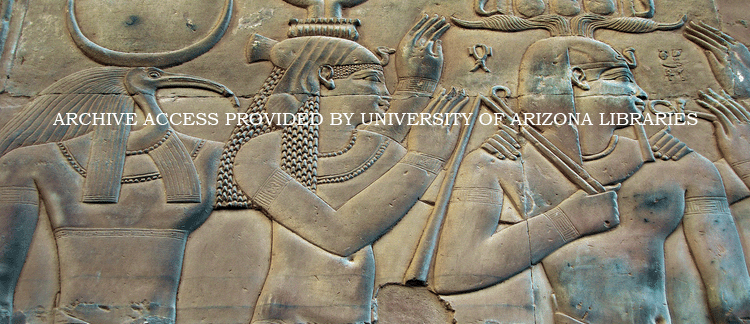Abstract
Though the fashion for amethyst in Egypt and the Near East had, by the mid-eighteenth century BC, dried up along with the Wadi el-Hudi mine, the stone’s popularity persisted in the Aegean well into the twelfth century. Though amethyst-colored glass was sometimes substituted, an abundance of genuine, high-quality amethyst nevertheless made its way to the Aegean during a period when even pharaohs settled for subpar specimens. Some of these examples (scarabs in particular) were certainly completed pieces by the time they left Egypt, even if later recut in Aegean workshops. Other examples seem to have been crafted entirely in the Aegean From Egyptian raw materials of dimensions unattested in Egypt itself, even before the Wadi el-Hudi source was mined out. The exceptional quantity and quality of amethyst jewelry in the Aegean suggests avenues of legitimate trade with Egypt must have existed at some point; later tomb-robbing alone is unlikely to account for so much high-grade material dispersing so far afield.
How to Cite
Phillips, J., (2010) “Egyptian Amethyst in the Bronze Age Aegean”, Journal of Ancient Egyptian Interconnections 1(2), 9-25. doi: https://doi.org/10.2458/azu_jaei_v01i2_phillips
2341
Views
2034
Downloads
